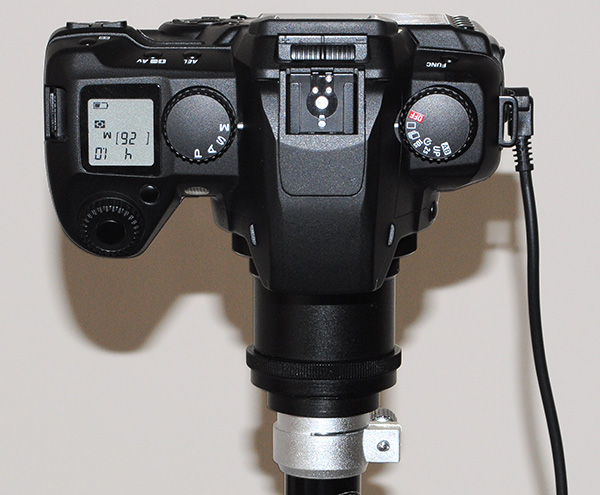
Finally, visceral leishmaniasis (VL), the most severe form of disease, has a high mortality rate if not diagnosed and treated efficaciously. This form of disease does not self-cure nor does it respond well to drug treatment. In mucocutaneous leishmaniasis, the parasites metastasize from the original lesion to the naso-pharynx region where massive tissue destruction may occur resulting in extensive disfigurement.
SIGMA SD14 NEAT IMAGE NOISE PROFILES SKIN
Cutaneous leishmaniasis is the mildest form of the disease and is typified by localized skin lesions at the site of the sandfly bite that generally heal spontaneously with significant scarring. Based on the clinical pattern of disease they are classified into three major forms: cutaneous, mucocutaneous and visceral leishmaniasis ( Bañuls et al., 2011). Diseases caused by these parasites are endemic in tropical and subtropical regions of both the Old and New World. The leishmaniases are vector-borne diseases caused by several species and subspecies of obligate intracellular parasites belonging to the genus Leishmania. However, skin isolates showed significantly ( p < 0.0001) fewer polymorphic AFLP fragments (average 10 strains = 348.6 ± 8.1) than VL strains (average 26 strains = 383.5 ± 3.8). Strains in the latter clade were further divided into subpopulations by zymodeme, geography and year of isolation, but not by clinical symptoms. kDNA sequence analysis distributed the strains in no particular order among four clusters (A – D), while AFLP analysis grouped the strains according to geographical origin into two major clades, Southern Ethiopia (SE) and Sudan/Northern Ethiopia (SD/NE). donovani 28S rRNA gene only minor differences were observed.

When VL and PKDL strains from the same region in Sudan were examined by Southern blotting using a DNA probe to the L. Strains were isolated from different patient tissues: in VL from lymph node, spleen or bone marrow and in HIV/VL from skin, spleen or bone marrow. donovani strains from VL, PKDL and HIV/VL patients was examined using Amplified Fragment Length Polymorphism (AFLP), kDNA minicircle sequencing and Southern blotting.

Genetic polymorphism in 36 Ethiopian and Sudanese L. In addition to fatal VL, these parasites also cause skin diseases in immune-competent and -suppressed people, post-kala azar dermal leishmaniasis (PKDL) and HIV/VL co-infections, respectively. Visceral leishmaniasis (VL), the most severe form of leishmaniasis, is caused by Leishmania donovani.


 0 kommentar(er)
0 kommentar(er)
